This month's Book Nook topic is...
Evaluating the Story with
The Most Magnificent Thing
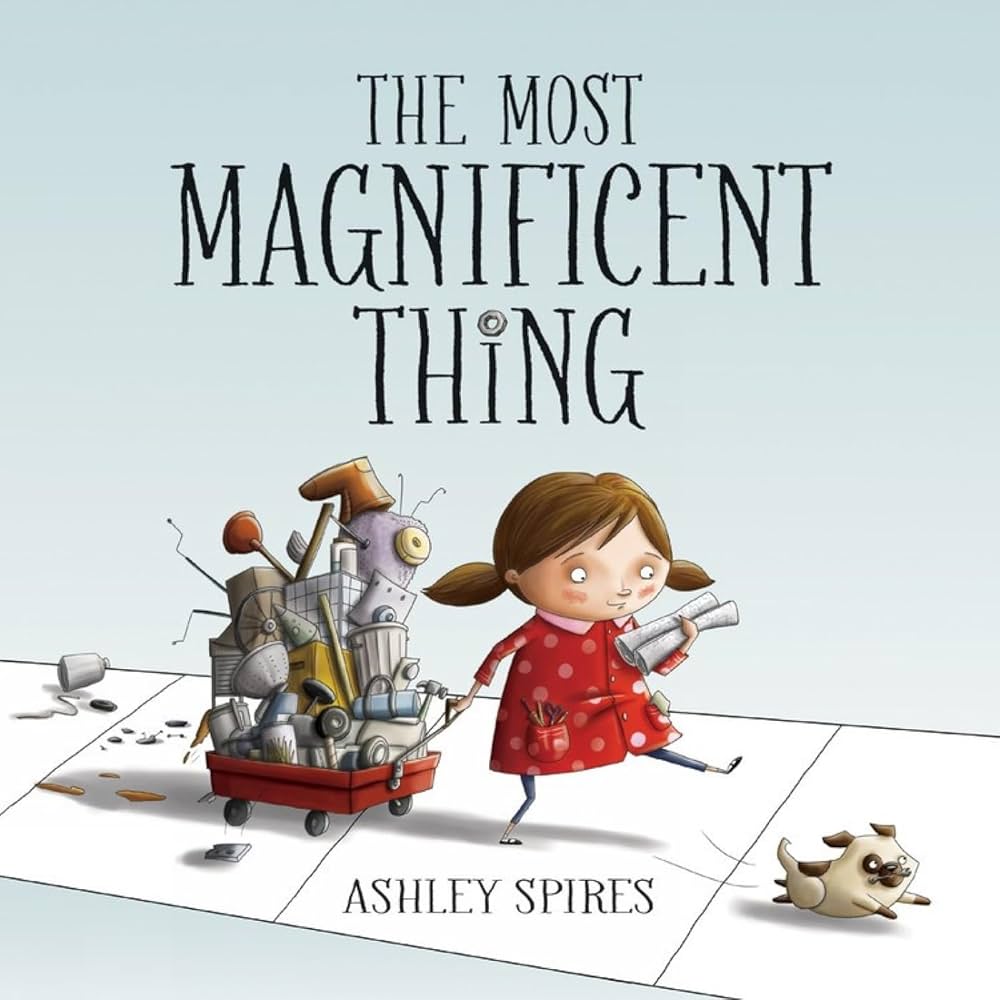
Understanding stories involves going beyond the words and pictures on the page. To fully understand stories, children must “read between the lines” and figure things out that are not specifically stated in the book.
One effective technique for helping a child read between the lines is to evaluate the story. You can encourage children to evaluate what happens in a story by asking them to decide if something is a good idea or not, or whether something will work or not, and to explain how they reached that conclusion. This builds children’s understanding of the story by encouraging them to think more deeply about what is happening.
Let’s get started!
The Book:
The Most Magnificent Thing by Ashley Spires
Why We Chose This Book
This story revolves around a theme that many preschoolers, and their caregivers can relate to – what to do when things don’t go as planned. The little girl in this story is an inventor. She has a vision in her mind of the most magnificent invention and with the help of her trusty assistant, she sets out to make it. However, try as she may, things are not turning out as planned and the little girl feels very frustrated. Readers get to see how the little girl and her assistant solve this problem and learn that things might not turn our perfectly but can still be “just right”. This makes it a great book to encourage children to evaluate the characters’ actions.
First Reading
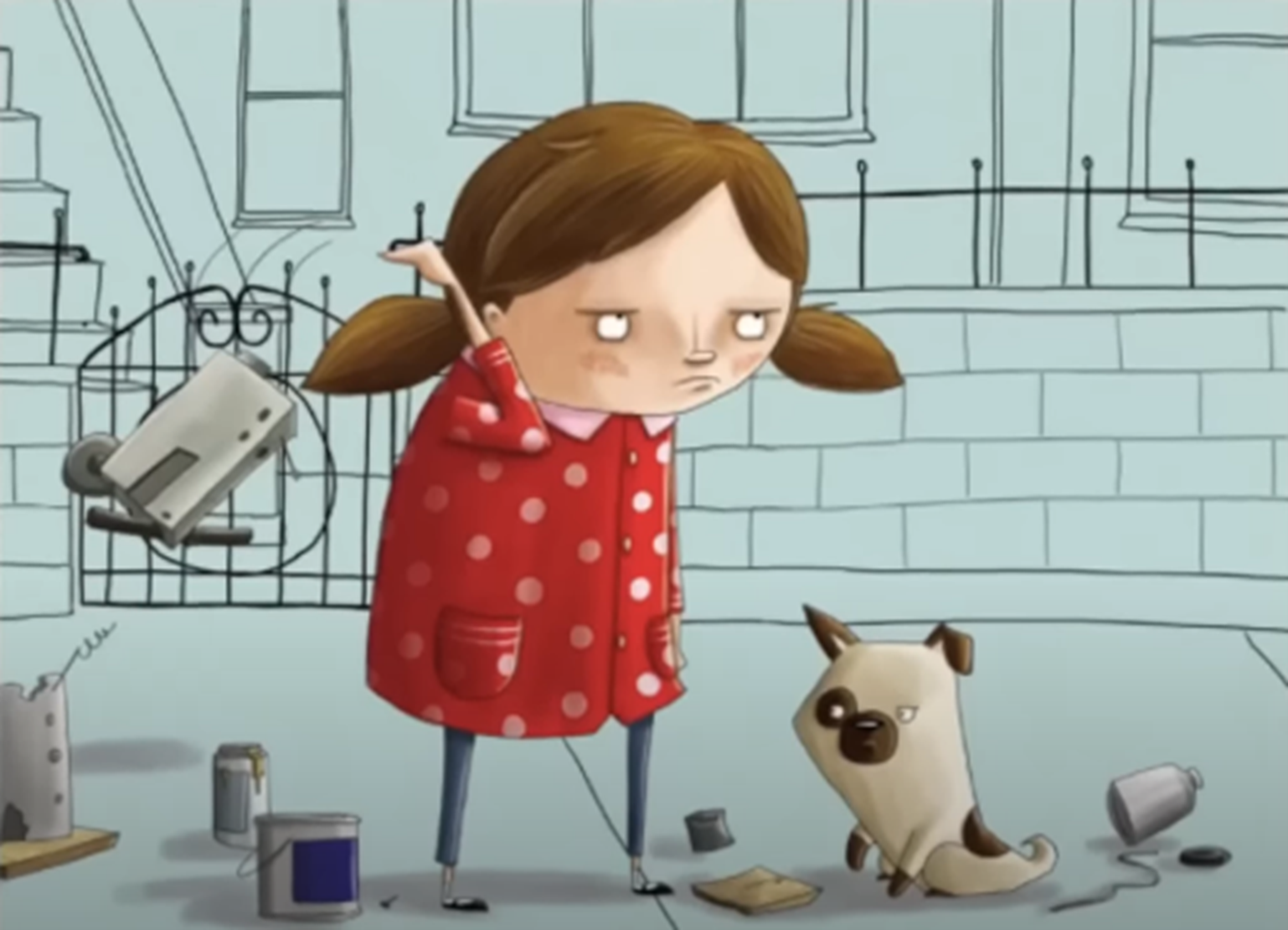 When you read this story for the first time, it’s best to keep the story moving and have very short conversations that help the child remember the main characters, their actions, and what the main problem is. For example, you could make comments like:
When you read this story for the first time, it’s best to keep the story moving and have very short conversations that help the child remember the main characters, their actions, and what the main problem is. For example, you could make comments like:
- “The little girl is trying to make the most magnificent thing, but it is not working out.”
- “She is frustrated but still working hard on her invention.”
- “Her dog thinks a walk might help.”
Later Readings
Once you feel the child is familiar with the story, you can start evaluating the story by going beyond the text to talk about the decisions the characters make. One way to show that you are thinking beyond the text is to use “thinking-out-loud” comments or ask thinking out lout questions.
Make “thinking-out-loud” comments
When you use “thinking-out-loud “comments, you show the child that you are trying to figure out things that are not stated in the book.
“Thinking-out-loud” comments start with words like:
- “I’m thinking that…”
- “I’m wondering about…”
- “I’m trying to figure out…”
Here are some examples of “thinking-out-loud” comments you could use to show the child you are thinking about the decisions the characters are making:
- "I’m trying to figure out if it’s a good idea for her to work on her creation when she is feeling so angry.”
- "I’m thinking a walk might be a good way to help her to feel better."
- “I am thinking it’s wonderful that she sees the good in what she made because now she understands that things that don’t go as planned, can still be just right.”
After making a comment, pause and wait to give the child a chance to respond with their own comment.
Ask “thinking-out-loud questions”
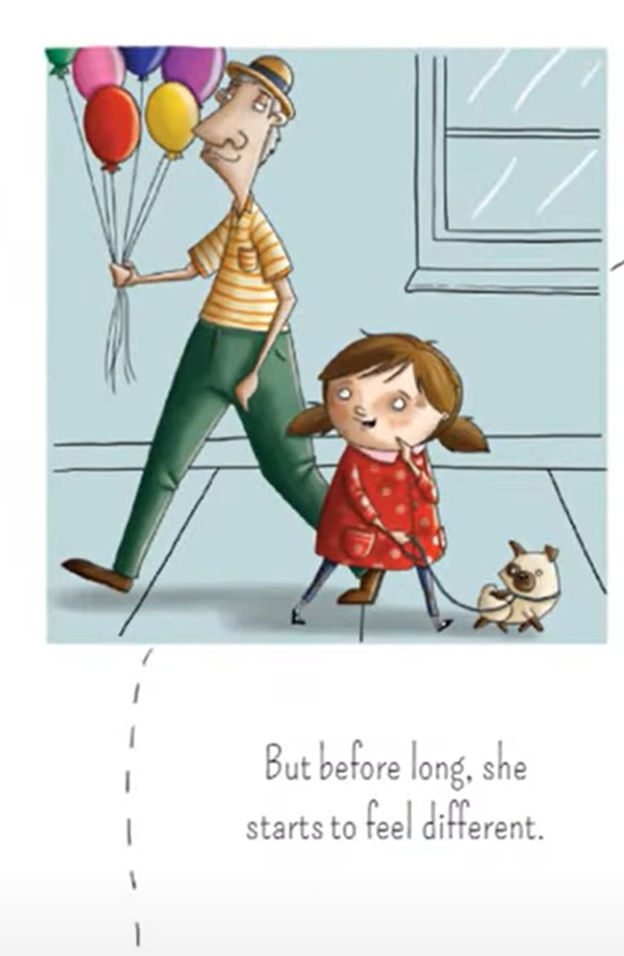 Another great way to encourage the child to think about a story more deeply is by asking questions that challenge them to evaluate what is happening. These include questions like:
Another great way to encourage the child to think about a story more deeply is by asking questions that challenge them to evaluate what is happening. These include questions like:
- “Do you think it is a good idea for the girl to smash and push things together while trying to make her creation?”
- “Was going on a walk a good idea? Why do you think the walk helped her to feel better?”
- “Do you think it is a good thing that she is happy with her creation even though it isn’t perfect? Why do you think that?”
Remember to pause and wait at least 5 seconds after asking a question. This gives the child time to think about what you’ve asked and come up with a response. If the child is unable to answer the question, you can give clues to lead them to the answer, or simply provide the answer yourself. For instance, “Maybe it wasn’t a good idea to work on the invention when she was feeling angry. She ended up accidently hurting her thumb!”
Keep The Conversation Going
Children love to read the same books over and over again and this means you’ll have many opportunities to keep the conversation going. An important part of reading comprehension is evaluating the information being read. By having frequent conversations that encourage the child to think more deeply about stories, you are helping them develop the comprehension skills they’ll need to become successful readers!
Happy Reading!
More Resources
The strategies in this Book Nook post are drawn from Hanen’s practical, research-based guidebooks for building emergent literacy. Explore the links below to learn more about how these guidebooks can support you.
For Parents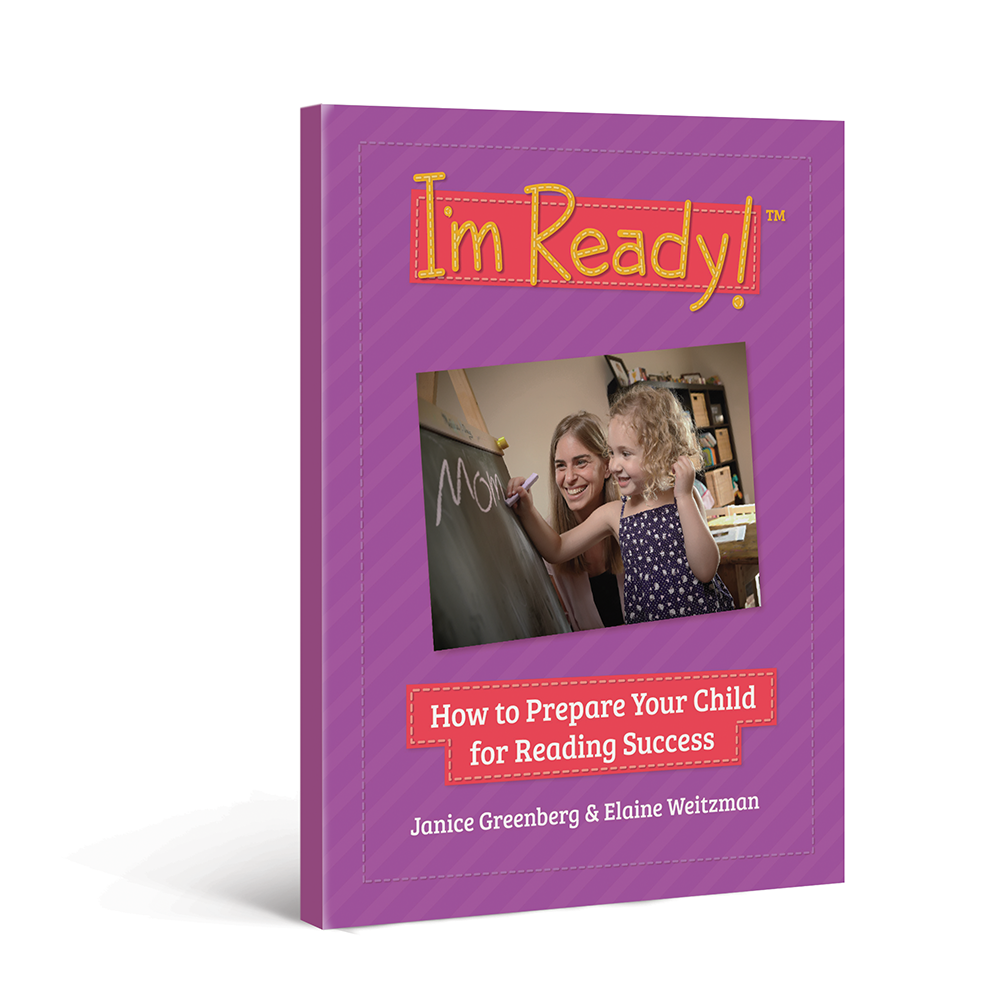 I'm Ready! guidebook
I'm Ready! guidebook
For Educators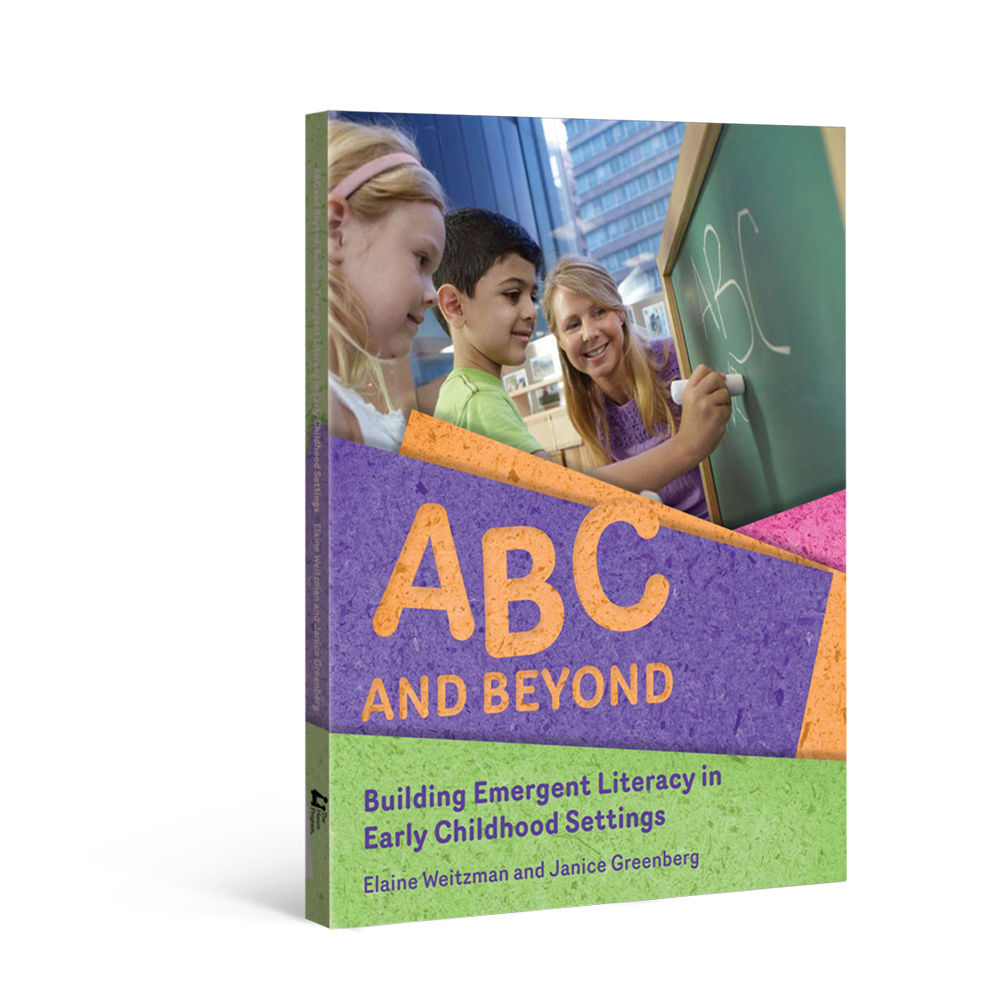 ABC and Beyond guidebook
ABC and Beyond guidebook
